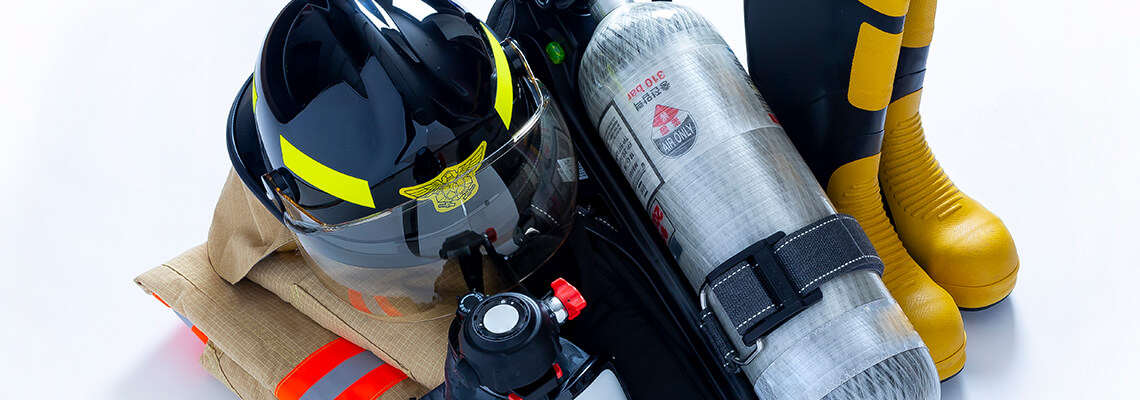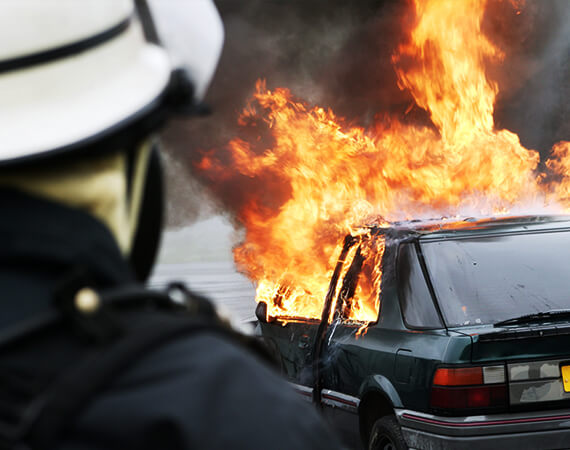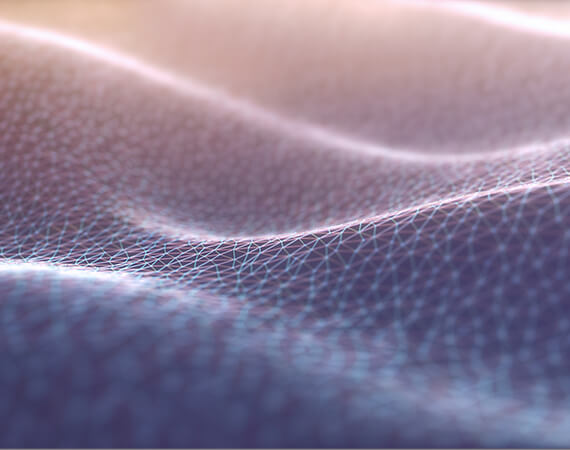INDUSTRIAL TEXTILE
In addition to general textiles for garments, Hohae Textile is also involved in the development of a variety of industrial textiles. Fire suits worn by firefighters are special industrial textiles created through special flame and heat-resistant treatment. This special treatment makes them heavy, restricting movement of firefighters battling flames on-site. Hohae Textile has addressed this problem by using special textiles, which are lighter in weight but still retain excellent flame and heat-proof performance, to produce firefighting garments, which do not hinder movement and allow for more effective firefighting operations. Hohae Textile has been designated as the managing agency for the national R&D project for development of an effective, lightweight fire blanket. Working with the Korea High Tech Textile Research Institute, we are working to develop a fire blanket that is lighter and more effective than any previously seen.




